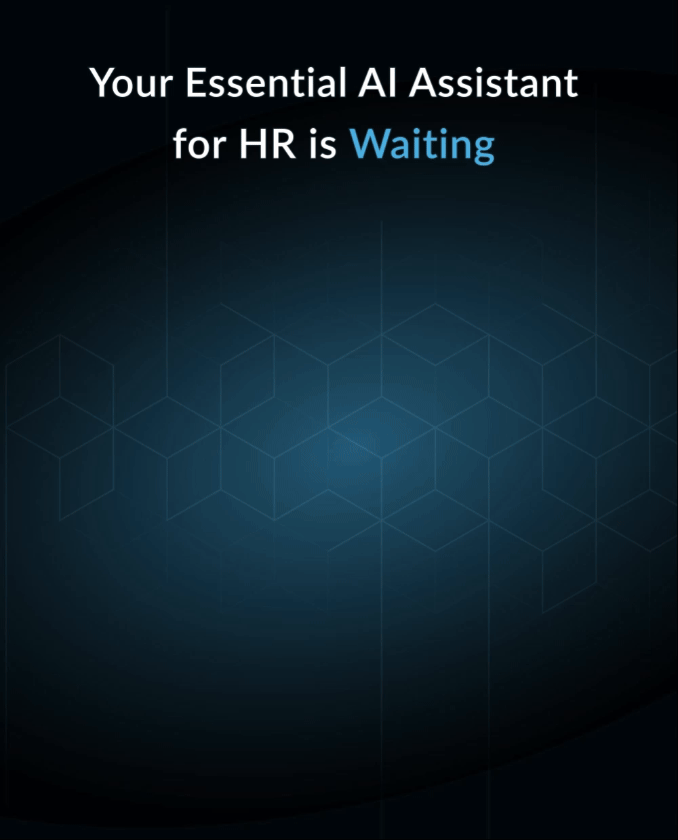Next Generation HCM: It May Be Closer Than You Think.
It’s HR Technology Conference season and I’ve been working on my keynote, “The Disruption Never Stops: What’s Now New In HR Tech.” So please come and use code JBA300 to get a $300 discount.
But in the meantime, I want to talk about a big topic: Next Gen HCM.
What Is Next-Gen HCM?
The Human Capital Management (HCM) market is a massive, business-critical market. Going back to the days of mainframe computers, applications like PeopleSoft and others were designed to be “systems of record” for staff. They housed employee records, managed payroll and benefits processing, and included features like job architecture, position management, compensation management, and more.
Originally developed as custom corporate applications, HCM market became a vendor-focused market in the 1980s and it never stopped growing. Since the early days of licensed software (which required lots of customization and integration) the market moved to hosted (multi-tenant) and then to the cloud. And now, because of the ease of development on the cloud, the number of vendors has exploded.
Today there are more than 50 vendors in the space (SAP, Workday, Oracle, ADP, Paychex, Paycom, Paycor, Gusto, Namely, Ceridian, Bamboo, HiBob, and more) and the market is growing like crazy. Workday is now nearly a $6 Billion company and they just announced growth at 22%. ADP’s stock is trading at an all-time high, and vendors like Paychex and Paycom are fast-growing multi-billion dollar cap stocks.
In the last ten years, these systems have exploded in depth and scope. What used to be a “back-office” system for HR managers has become an entire suite of employee-facing systems. HCM is now used for recruiting, onboarding, training, and all aspects of Employee Experience. Vendors are building Employee Experience systems right into their HCM, trying to compete with hundreds of mid-sized software companies in all segments of the market. So the HCM vendors are busy, and they tend to buy up best-of-breed solutions as they grow. (Workday’s acquisition of Peakon, for example.)
For buyers, HCM systems are strategic and sticky. Companies hate replacing their core HCM systems, but every decade or now something new comes along. So the question has to be asked: is there a Next-Gen HCM coming?
What’s Next? A Revolution Masquerading As An Evolution.
Let me say clearly, that there is some stress in the market. Despite the success of these vendors, there are “big new problems” to be solved. And they represent a challenge to vendors and an opportunity for disruptors.
Organizational Agility and Team Features:
We now operate in companies that are constantly reorganizing, acquiring, restructuring, and redesigning jobs. Cisco famously found out that there were 7,000 “teams” at Cisco, none of which were “visible” in the HCM. If you’re on an industry sales team, and also part of a leadership team, and then become a geographic sales leader – where does this organizational information go? And what if you want to manage goals, quotas, bonuses, and other HCM-related functions by team? Original HCM systems were never designed for this.
It gets very complicated from there. What if you want a dual reporting structure? What if you want a different performance process for different teams? What if pay frequencies are different? And how do you manage employees who actually have two or more jobs at once? And how do we manage time-tracking for some workers, contingent workers mixed with full-time employees, and the management of contracted outsource workers?
And what if you’re a conglomerate with different business units? Can each group set up its own pay model, job architecture, and performance process? Can you delegate administration to different groups?
Employee Experience Tools and Features:
We now need HCM systems that are “employee systems first, HR systems second.” We want the system to be a “system of productivity,” not just a “system of record.” Vendors like ServiceNow, Applaud, Microsoft (Viva), and others are now selling platforms that manage employee journeys, transitions, feedback, goal setting, and more. How can these HCM systems become, in a sense, these next-generation Employee Experience platforms?
Darwinbox, for example, lets any manager traverse their hierarchy and manage people regardless of organization. And a manager can “reorganize” their team without going back to IT for a major reimplementation. Just like the transition we made to get IT out of the business of configuring these software systems, we now want to get IT and HR out of the middle of designing and configuring the Employee Experience systems people want to use. So this Next-Gen HCM platform has to be “employee enabled” out of the box – and it has to let managers and staff design and use the system, without going back to IT. (OracleMe is a good example of this, by the way.)
AI and Skills Underpinnings:
The Next-Gen HCM has to be AI-enabled and architected around skills. Let’s suppose you want to do a reorg of your company and you want the people with the top skills in “data security” in a big list for evaluation. How are you going to figure that out? The HCM system doesn’t really have that kind of information, so you have to buy a skillstech tool and do this analysis on your own. Once you do that analysis you’d like to use that data for recruiting, development, succession planning, and even salary adjustments. It’s really an HCM-oriented problem. Yet today the HCM systems are just beginning to architect this into the core.
Intelligent Job Architecture
One of the biggest things HCM systems do is manage the “job architecture.” What are the job levels, titles, and standard privileges offered by role, function, and hierarchical position? Well in today’s dynamic companies this keeps changing every day. Intelligence systems like Eightfold can “infer” a job architecture, discovering that the “marketing analyst” and the “financial analyst” and the “HR analyst” are all doing the same job. How does the HCM help manage and maintain this? Is it smart enough to figure this out?
Multi-Cloud, Scalable, Open APIs and Ecosystem Partners:
Finally, the Next-Gen HCM has to be highly scalable, multi-cloud (so it can be hosted in any country or any cloud platform), built on open container technology (so functions can be moved), and filled with easy-to-understand APIs and public interfaces for partners. Yes, all the vendors have moved in this direction (Workday Extend is one of the big moves here), but these are really new features, just now being “added on” to these systems. (Read my article on Workday’s DevCon for more.)
When Will This Next-Gen HCM Appear?
Well like all new technologies, Next-Gen things happen slowly for a while then suddenly happen very fast. And right now things are speeding up. Let me give you a few insights.
Darwinbox
One company I’m very high on is called Darwinbox. This is a five-year-old HCM company, founded by some brilliant engineers, that built an entire HCM and payroll system around a graph database (modelling the data around relationships, not hierarchies) and a componentized, micros-services, object-based architecture.
When I first saw Darwinbox I was impressed with its user interface, but I had no idea what was under the covers. Now that I’ve talked with many of their customers, I’d say they are definitely in the “Next-Gen” category. And they’re highly scalable, global, and starting to replace systems like SAP in some of their clients. And for large conglomerates in Asia, the company is a perfect fit. Let me mention a few.
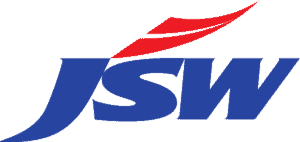 JSW is a large conglomerate in India (100,000+ employees) that runs a steel company, an energy company, and a variety of consumer businesses. They do business in India, the US, Italy, and other countries.
JSW is a large conglomerate in India (100,000+ employees) that runs a steel company, an energy company, and a variety of consumer businesses. They do business in India, the US, Italy, and other countries.
Over the last 30 years JSW has become one of the largest companies in India, built from scratch by the founders and their family, growing at 20% CAGR for 30 years.
For many years the company was built as an agile, fast-moving, project-centric culture. The fundamental financial systems were built on SAP. Around ten years ago the company brought in SuccessFactors in an attempt to add recruitment, performance management, and learning management. Despite the implementation strategy, the system was not widely used by employees. It turned into a back-office record-keeping system.
The new CHRO looked at the HR strategy and focused on two big things. First, enhance Employee Experience by enhancing employee self-service. Second, create a new organizational model, enabling the HCM to model the true “group vs. business unit” structure in place.
Looking for these Next-Gen features, JSW found Darwinbox to be a solution. The system is built for an agile organization structure, designed with EX as its focus, easy to configure, and able to adapt as JSW continues to grow. While SAP serves as the financial system in the company, Darwinbox really fit the bill.
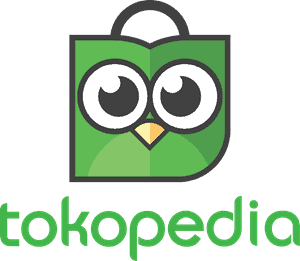 Tokopedia is the largest e-commerce company in Indonesia. The company runs a massive business with 11 million merchants, 500 million products, and more than 11,000 employees. The company initially tried Workday for its HCM solution but found that many recruiting features were missing.
Tokopedia is the largest e-commerce company in Indonesia. The company runs a massive business with 11 million merchants, 500 million products, and more than 11,000 employees. The company initially tried Workday for its HCM solution but found that many recruiting features were missing.
In 2019, when Darwinbox was a few years old, the CHRO bet on the platform. As Tokopedia exploded with growth, Darwinbox helped the company set up product business units, functional business areas, and integrated acquisitions. (The company has acquired companies for weddings, credit scoring, loans, and logistics.) Without a dynamic system like Darwinbox these acquisitions would have been difficult.
 The Third customer I talked with is Emcure, a large pharmaceutical company in India. They too, chose Darwinbox because it was so easy to use for organizational planning, org design, and acquisitions. The CHRO Prashant Parashar, describes the Next-Gen features in an interesting video below.
The Third customer I talked with is Emcure, a large pharmaceutical company in India. They too, chose Darwinbox because it was so easy to use for organizational planning, org design, and acquisitions. The CHRO Prashant Parashar, describes the Next-Gen features in an interesting video below.
ADP
More than five years ago ADP also started building such a Next-Gen system. Originally named Lifion, the platform is now called ADP Next-Gen HCM. This platform, like Darwinbox, is built on a graph database with micro-services architecture, designed to coincide with the company’s next-gen payroll engine.
ADP’s product, which now has more than 50 enterprise customers, lets companies set up completely different “talent domains” across different teams, business units, or companies. You can have different rating scales for performance management, different workflows for recruiting or pay, and completely different talent data. It, like Darwinbox, is designed for highly agile companies. One of its initial customers was a large chain of health clubs all over the world: they use it to group spas into different business entities, manage both franchise and company-owned facilities, and manage large numbers of contractors mixed with full-time employees in the company.
And not only does the platform let you manage an agile organization, you can set up different pay models for different groups. People can join teams, set goals for these teams, and even use “mini-apps” in teams that may not necessarily be shared across the enterprise. It’s really designed to let a company delegate management to different leaders without the need to go back to the core HRIT team whenever you want a change.
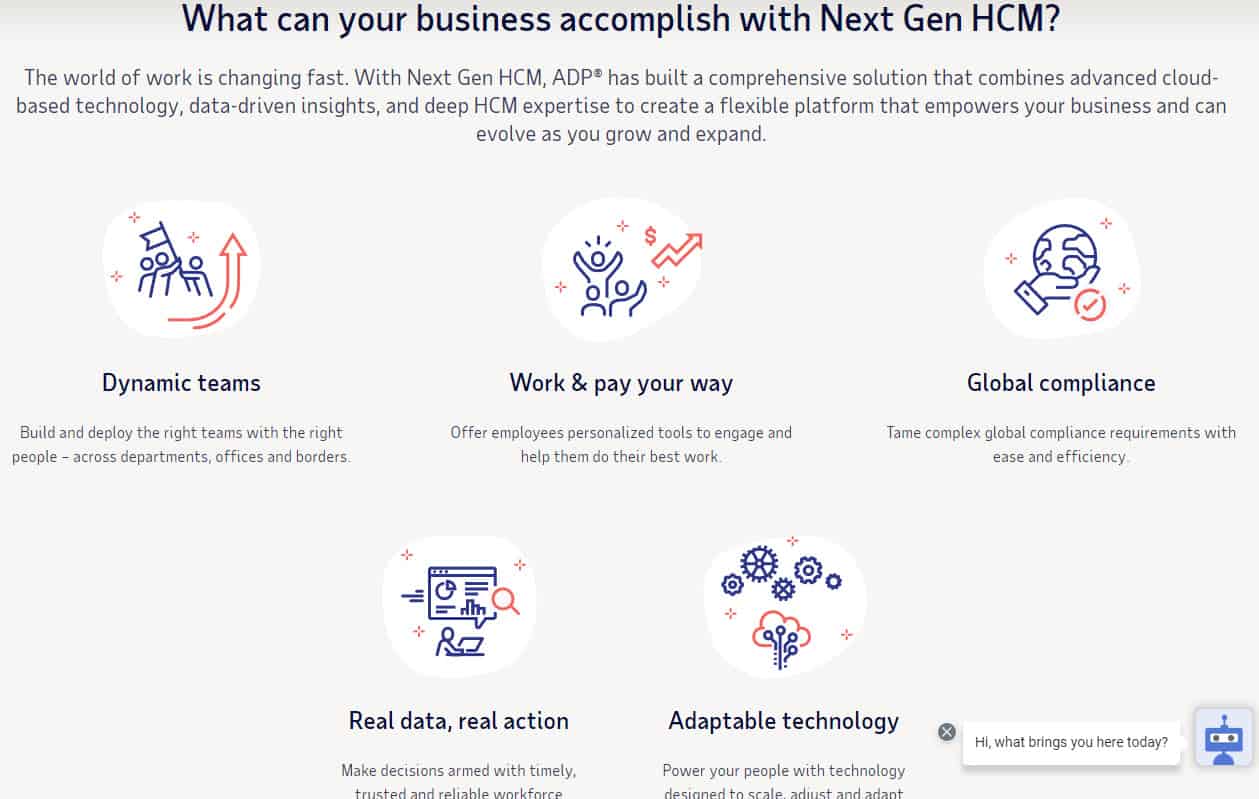 |
While the vast majority of ADP customers use other platforms, ADP is moving in this direction. The Next-Gen platform, which was built from a brand new technology stack, is designed to slowly replace all of ADP’s HCM platforms over time.
SuccessFactors
SuccessFactors, which has been around longer than Workday, is going through a massive redesign this year. The newest releases have many Next-Gen features, including the Whole Self Model (which lets employees express their personalities, likes, and dislikes to drive their experience), a big new release for agile teams and OKRs, the Opportunity Marketplace, and a set of capability and skills management features built on the company’s capability model.
SAP understands, through its long history in regulated industries, that skills are not just “inferred indexing” technology added to an HCM system. Their model reflects experiences, credentials, certificates, as well as inferred skills – and will also accomodate the Whole Self Model. For example, you may have a skill that you “don’t want to use any more” because you’ve evolved in your career. SuccessFactors will pick this up.
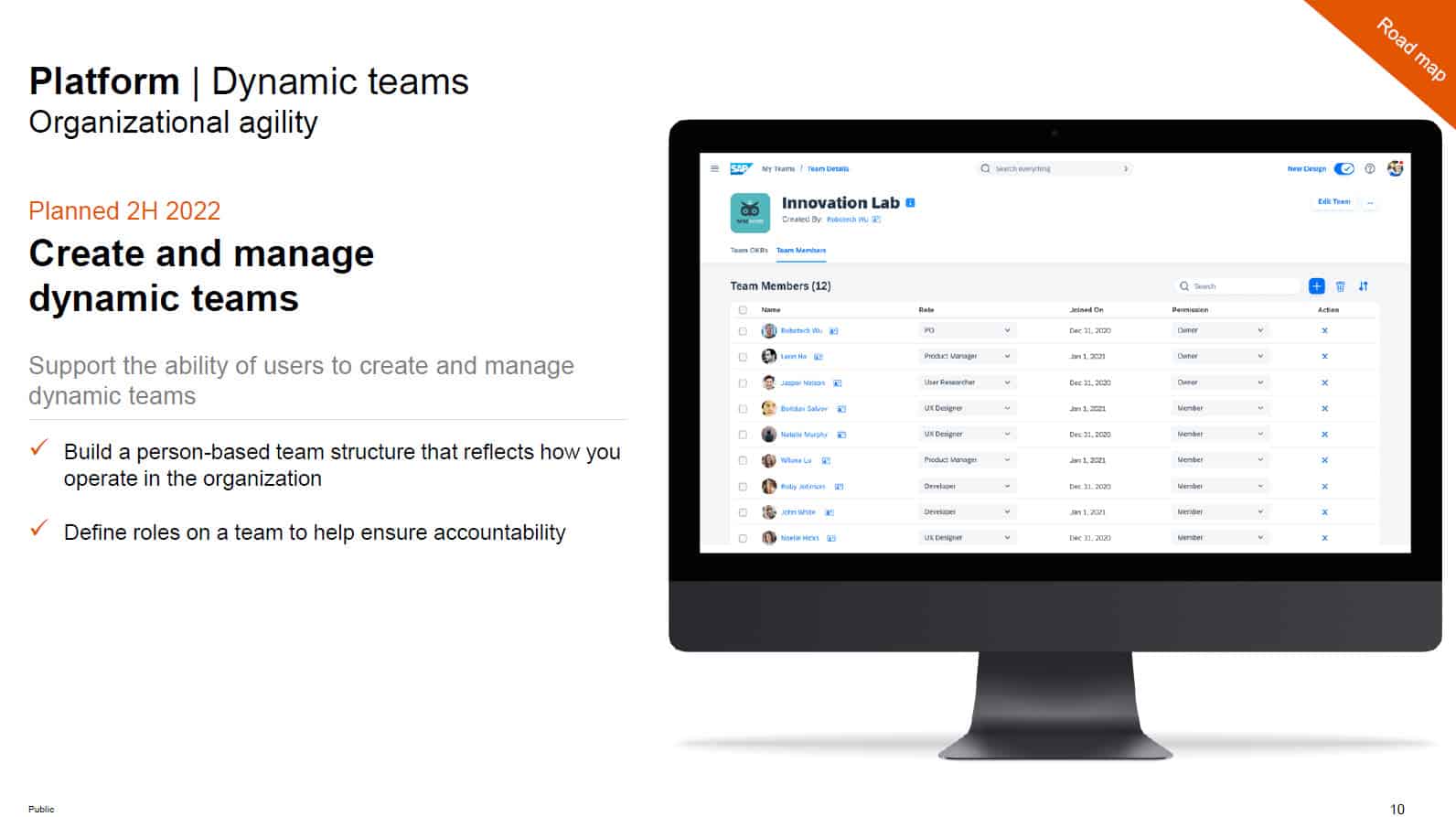 |
A lot of these features are now available and more will be coming in the next few months. So for companies like JSW who found another system, SuccessFactors is becoming more Next-Gen very fast. This work, which has been led by Amy Wilson and Meg Bear, has been under development for several years and is now hitting the market.
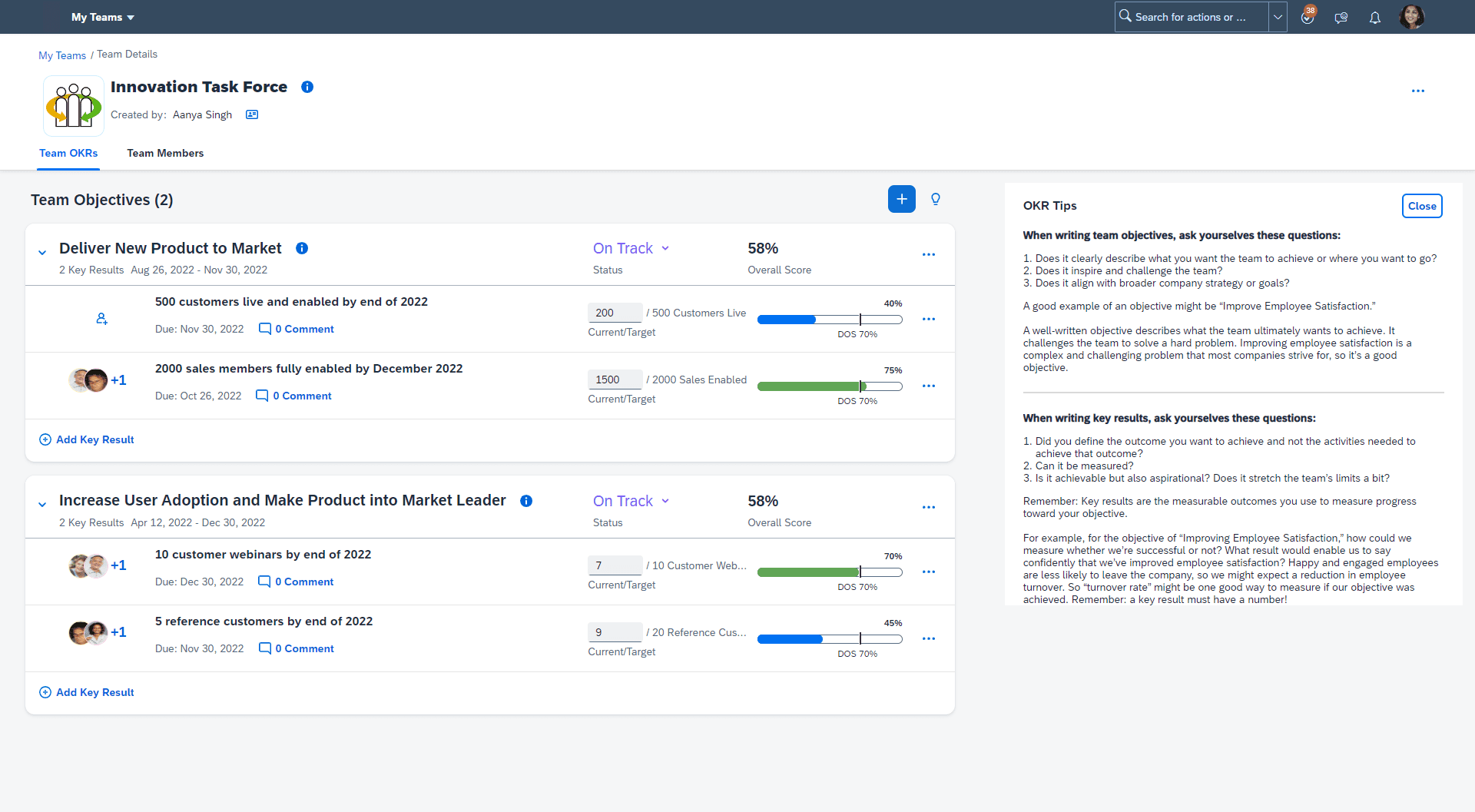 |
Remember, SuccessFactors is the biggest vendor in the market. With 73 million licensed users, they are almost 30% larger than Workday in client numbers and more than four times bigger than Oracle.
Workday
Each of the major HCM platforms goes through five to ten-year architectural cycles. Workday, which came to market in 2008, has been evolving its architecture continuously. Workday’s core database is object-oriented and uses many of the features of a graph database. The system itself is built on an integrated security and workflow model and designed to operate as a scalable, enterprise application.
Many Workday customers tell us they love the company and the system, but once they lock in the job architecture it’s often hard to change. This is a feature, not a limitation: the integrated nature of Workday is really a benefit, but over time I believe Workday will be forced to create more agile organizational features as well.
The company is pouring money into R&D (more than $2 billion per year). The Workday Skills Cloud, People Experience platform, Extend APIs and features, and enhancements to Learning, Analytics, Recruiting, and Peakon are extensive. So we won’t likely see a “new Workday” in a big bang, but a constant set of architectural improvements over time.
Workday’s big Next-Gen focus is all about the architecture. As a pioneer in the Skills Cloud, the company now realizes that AI and intelligent data services have to be more core to the system. So, like Eightfold (who is several years ahead), Workday is building more AI into its Skills Cloud data system. This is a massive effort, and will eventually bring Workday into the world of Talent Intelligence.
The company is also investing heavily in EX. Unlike Oracle, who has developed an EXP, Workday is adding more and more integrated portals, journeys, and mobile apps to give employees easier access to Workday functionality. They are now working closely with Microsoft (Viva), Slack (Salesforce), and both Google (Workspace) and Meta (Workplace) are coming.
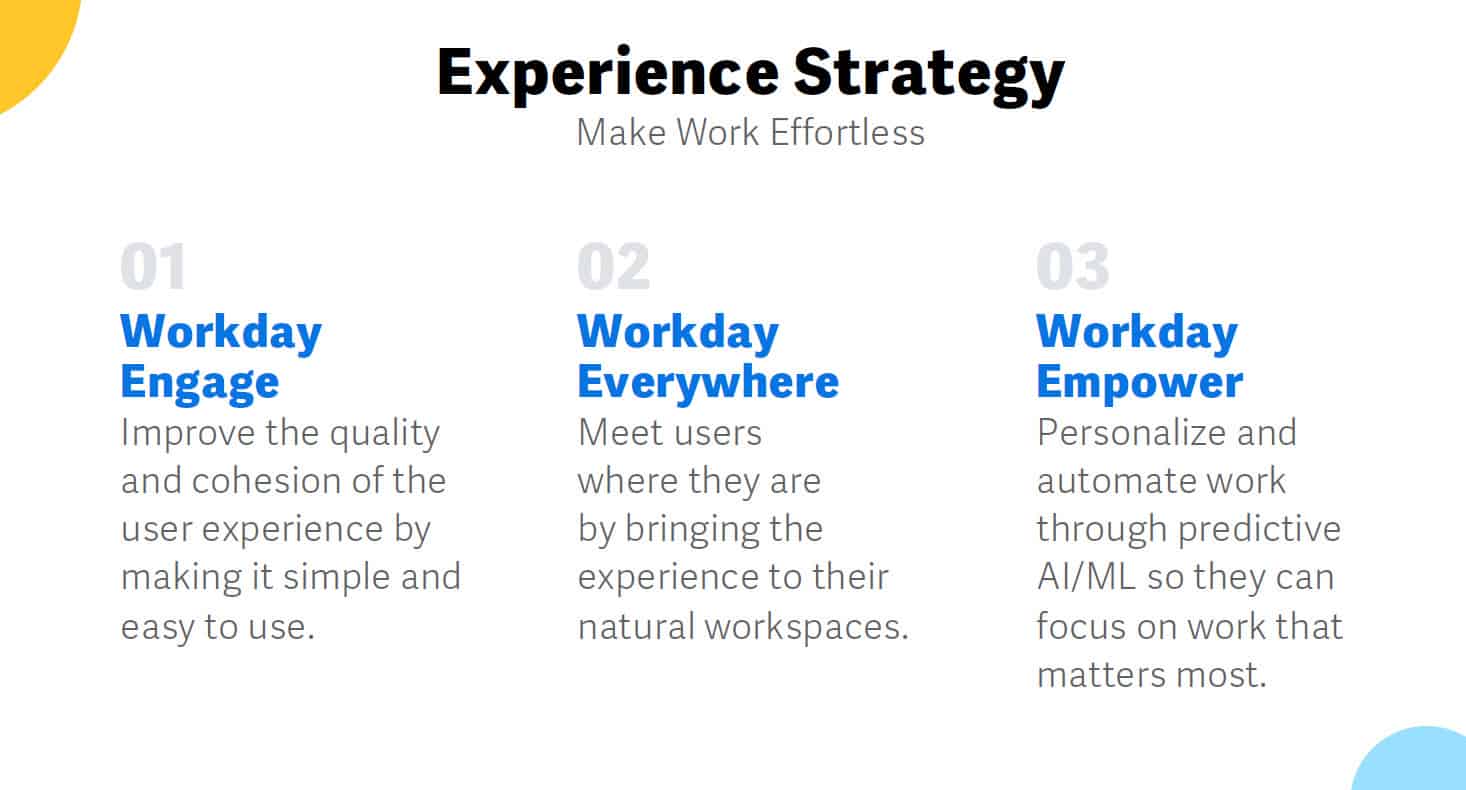 |
And, of course, Workday’s product management teams are enhancing Peakon (which is really a state-of-the-art employee listening system, competing directly with Perceptyx, Qualtrics, Medallia) and the company’s learning and recruiting systems.
Finally, Workday is now investing heavily in Workday Extend, its entire API and partner strategy to help consultants and third parties build applications on Workday. I’ve seen Extend in great detail and among the HCM vendors they are the furthest along in attracting true value-add partners.
Oracle
Oracle HCM Cloud, which is new and recently redesigned, is also “Next-gen” in many ways. The Oracle team has particularly focused on EX features (OracleME just won an HRE award), including deep feature sets for journey development, employee learning, surveys, service delivery, and customized sentiment analysis. It’s quite an impressive offering.
 |
In a slightly different focus than SuccessFactors, Oracle is very focused on competing with ServiceNow for Employee Experience functionality. The team has built an entire journey management system, journey design system, and a series of features for employee feedback, wellbeing, and social connection.
One new market that has opened up since the pandemic is what you may call “personal social networks at work.” New vendors like Wisq and Microsoft Viva Engage are focused here: creating an Instagram-like place people can post photos or stories about their personal lives. Oracle, one of the most corporate of all HCM vendors, has developed this type of solution in Oracle Connections. Big companies like JPM Chase and UHG are moving to this new platform.
Bottom Line: Next-Gen HCM Is Coming Fast
The bottom line is this: “Next-Gen HCM” is arriving fast and will slowly eat into niche markets. While no HCM has every feature you need, we’re now in a rapid innovation cycle. Ask your HCM vendor about these “Next-Gen” capabilities and it will help you plan for next year.
PS: I”m going to dive into this and much more at the HR Technology Conference in a few weeks!
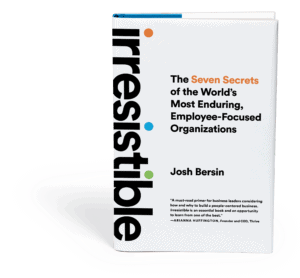 And we have some special announcements. Come to the Workday booth on Wednesday after my keynote to get a signed copy of my upcoming book Irresistible, you can get a free copy, compliments of Workday.
And we have some special announcements. Come to the Workday booth on Wednesday after my keynote to get a signed copy of my upcoming book Irresistible, you can get a free copy, compliments of Workday.
And join us at 11 AM when we launch our new research on talent intelligence from the Global Workforce Intelligence Project!
Additional Information
Workday Innovation Summit: Lots of Growth Ahead
HR Technology Market Disrupted: Employee Experience Is The New Core
